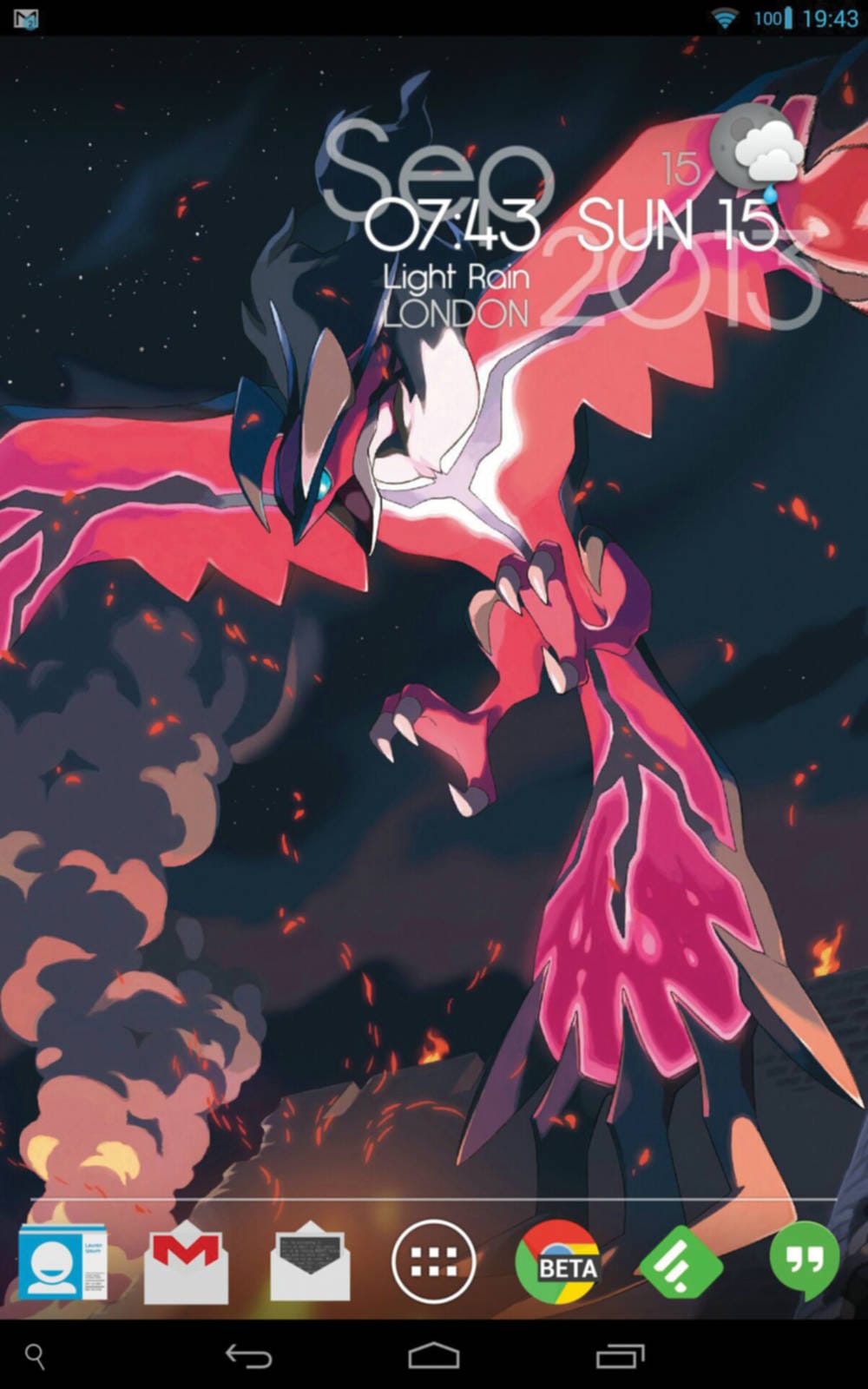Nexus 7 Review!
Apparently, the best 7-inch tablet you can get

The Nexus series of devices released by Google is now a staple amongst many Android users’ arsenal of devices. Initially touted as a benchmark setting niché series of devices, the Nexus series has spawned off its own fanbase for users who are interested in always having the latest version of Android free from any custom manufacturer’s skins. The original Nexus 7 released in 2012 was lauded as one of the best tablets upon its release. However, one year on, the Tegra 3 System-On-Chip (SOC) in it has shown its limitation with sub-par performance and battery life. Combined with the cheap flash memory used in its manufacture, the original Nexus 7 now feels like a sluggish monster to use. Google has seeked to rectify this with the new Nexus 7 model. Starting at £199 for a 16 GB model, the Nexus 7 is one of the most affordable 7-inch tablets in the market, if you discount the recently released budget £119 tablet called “Hudl” by Tesco (which apparently does not suck at all!). The Nexus 7 touts an impressive screen resolution of 1920 x 1200 pixels at 323 pixels per inch (ppi). And thankfully, it has ditched the Tegra series of SOC for the Qualcomm Snapdragon S4 Pro, and comes with a hefty 2 GB of RAM. The display is an absolute treat. With such an impressive ppi, I can hardly tell the pixels apart from each other. Text looks absolutely crisp and a joy to read. With a PDF of my report zoomed out to display an entire page on screen, I could read the text on it without needing to strain my eyes.The colours do seem a bit yellowish, but that could be due to the poor colour calibration on Google’s part, something which could be fixed with some manual user calibration if they root the device, (then again, this is highly subjective.) The high resolution seems to also have taken its toll on the animations of some unoptimised applications. Scrolling through an article on the Guardian application is janky, and the page flip animation of my PDF application is simply unusable. Although the battery is smaller in size than the original Nexus 7, the battery life is much better on this new model. Turning on the screen for prolonged usage, however, still destroys the battery life, although at a slower rate. The tablet boosts an amazing standby power consumption. I left the tablet overnight with WiFi turned on and woke up to find that it has drained less than 5% of the battery life. Pretty impressive! On the number side of things, I can only say unscientifically that the device feels fast. It is a joy to use. If you are looking for the numbers on the device, I would point you to the excellent review that AnandTech (http://www.anandtech.com/show/7231/the-nexus-7-2013-review) has done. My only concern with the device is how it does not try to exceed the current hardware norm, and break the mold. While the price is really great for its hardware, the hardware is simply what is current at the time of its release. This means that the hardware will become outdated rather quickly. While it is inevitable for devices released today to become outdated tomorrow, I was hoping that Google would try and set a higher standard with its current line of Nexus devices, much like how the original Nexus One did. The Nexus 7 is an excellent device. If you are in the market for a 7-inch device, and are unwilling to pay the price that Apple has asked for its iPad Mini, the Nexus 7 should be at the top of your list. It has a good price, with excellent hardware. The device is also guaranteed to always run the latest version of Android, unencumbered by the lengthy delays that Android devices are infamous for their software updates.








